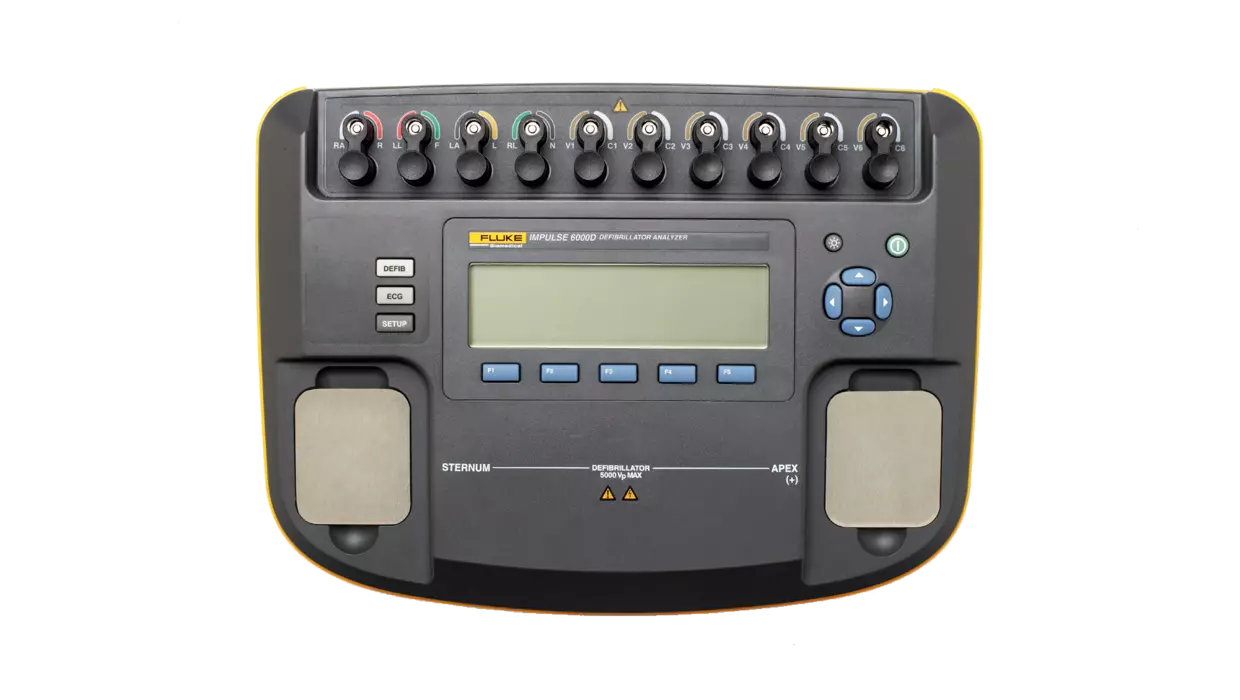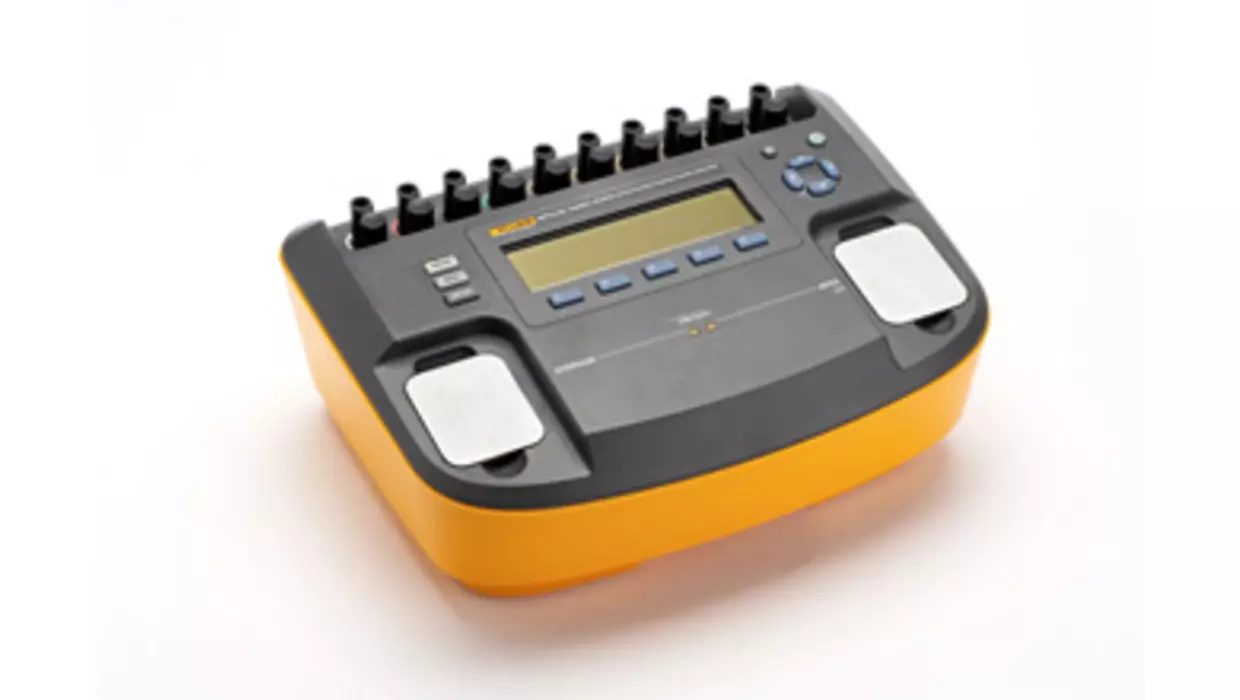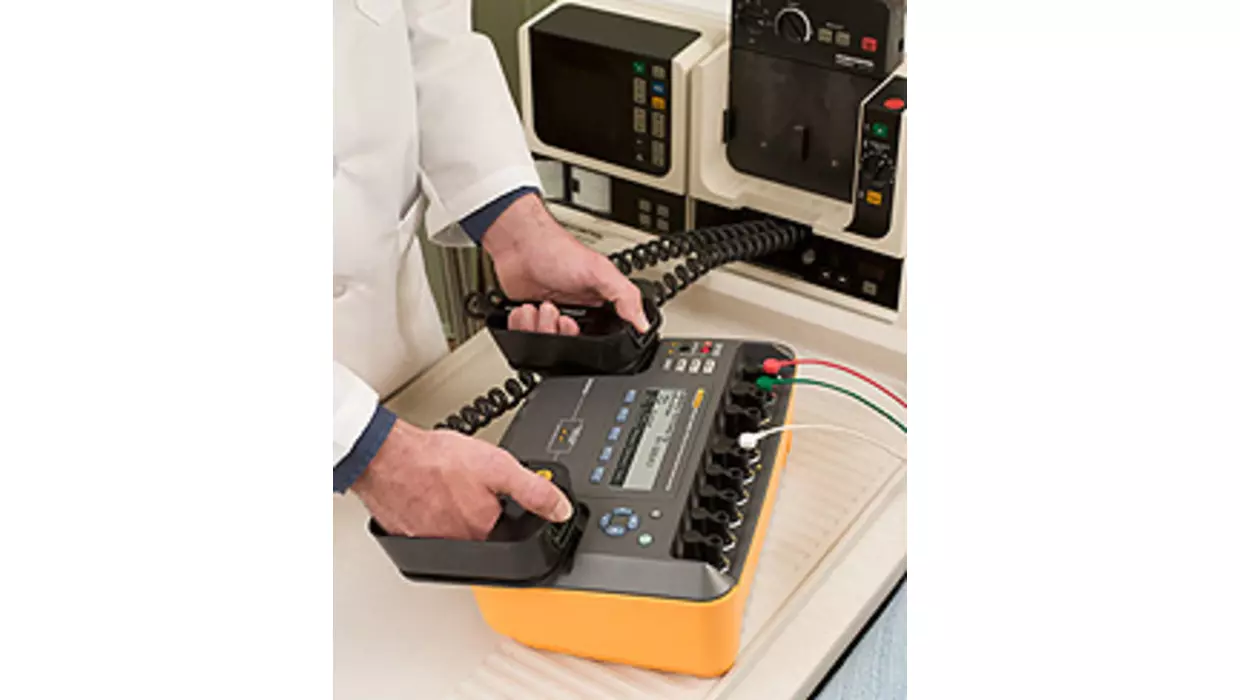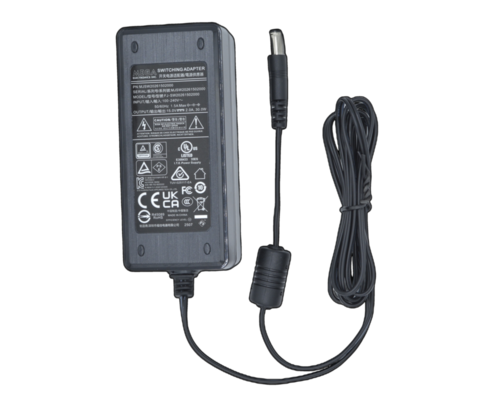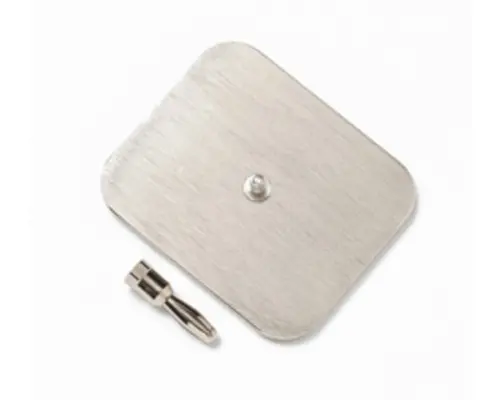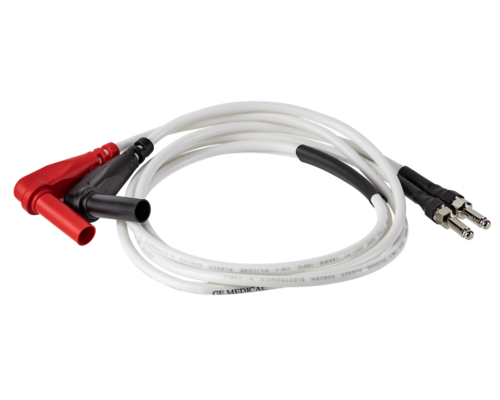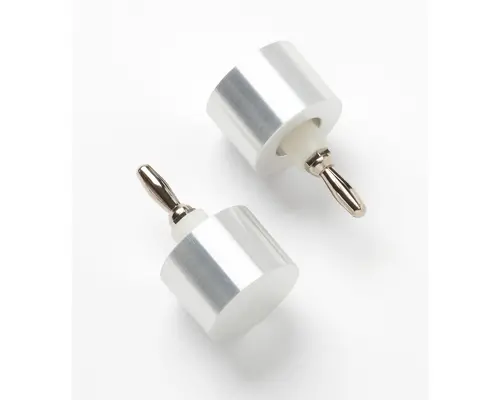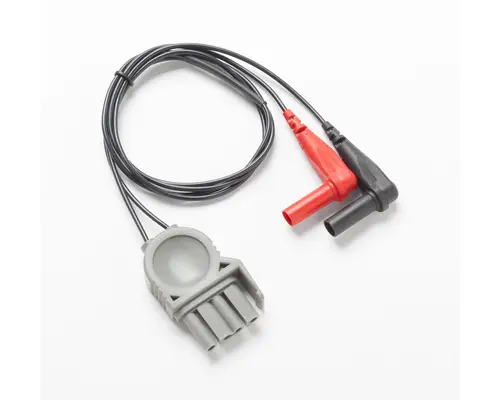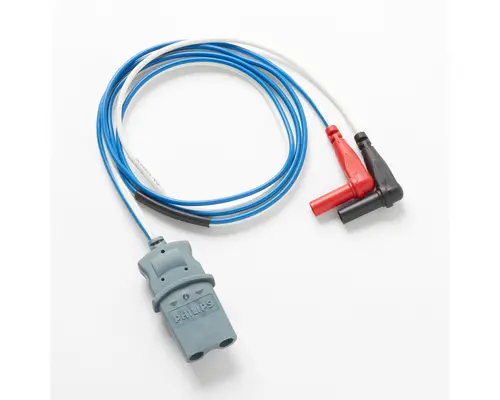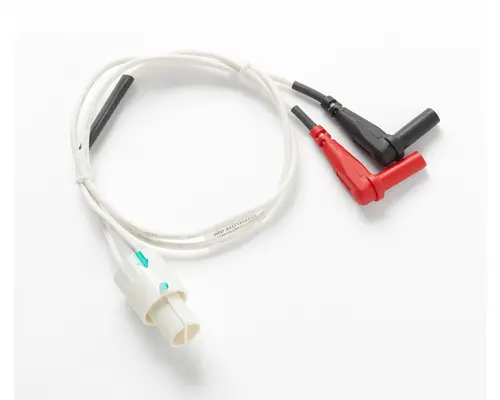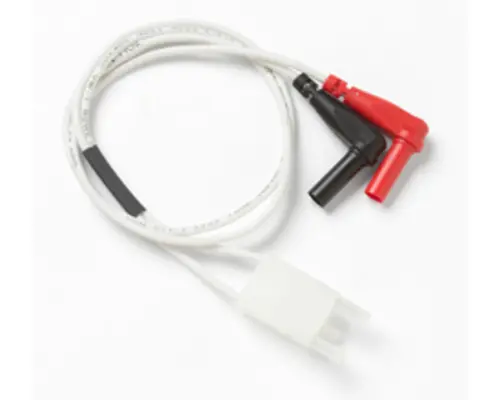Impulse 6000D
Defibrillator Analyzer and AED Tester
Portable, Rugged, Easy-to-Carry Device
Key Features
Energy output measurement & ECG testing
10 independent ECG outputs
AED compatibility & 12-lead ECG simulation
First-in-class accuracy ± 1% of reading + 0.1J
The Impulse 6000D Defibrillator Analyzer
Portable, rugged, and easy to use, this defibrillator analyzer offers a range of functionality. It excels in energy output measurement and ECG wave testing, with 10 independent ECG outputs for 12 lead combinations, ensuring standardized clinical signals.
Compatibility and Compliance
Meeting IEC 60601-2-4 compliance standards, this device is fully compatible with a variety of defibrillation technologies. These include Lown, Edmark, trapezoidal, biphasic, and pulsed-biphasic. Furthermore, it supports AEDs and offers 12-lead ECG simulation alongside flexible heart-rate settings.
Advanced Features for Ultimate Performance
With its ability to ensure the top-notch performance of critical cardiac-resuscitation equipment, this model stands out. It works effectively with mono- and bi-phasic defibrillators, and AEDs. Its test capabilities cover a wide range of established pulse shapes and it supports AED technology.
Accurate Readings and Long-lasting Battery
Delivering superior performance with accuracy readings ± 1% of reading +0.1J, the Impulse 6000D is equipped with a long-lasting, rechargeable battery. Note: the Impulse 6000D is not compatible with the 7010 Load Accessory. Ansur test automation can be purchased separately to standardize test procedures and capture waveforms and test results.

OneQA Workflow Automation Software
When connected to a PC, running tests is fast and easy with OneQA software. Testing and documenting results is fully automated, saving you valuable time while enhancing accuracy.
Documentation
Manuals
Impulse 6000D/7000DP Datasheet
Available in English, Chinese, French, German, Italian, Japanese, Portuguese, Spanish, Turkish
Impulse 6000D/7000DP Getting Started Guide
Available in English, Chinese, French, German, Italian, Japanese, Spanish
Impulse 6000D/7000DP Getting Started Supplement
6000D/7000DP Manual Supplement
Impulse 6000D/7000DP User's Manual
Datasheet
Impulse 6000D/7000DP Datasheet
Available in English, Chinese, French, German, Italian, Japanese, Portuguese, Spanish, Turkish
Software
Communication Interfaces
Defibrillator Analyzers
Impulse 6000D/7000DP Communications Interface v2.4
Plugin
Defibrillator Analyzers
Ansur Impulse 6000D/7000DP Plug-In v1.2.5
Requires Ansur Executive 3.1.3 or higher.
Allows selection of VFIB2 Coarse and VFIB2 Fine ECG waveforms for Energy measurement, Charge Time, and Arrhythmia Wave tests. Updated VFIB waveforms to VFIB1, but kept backwards compatibility for existing Ansur templates and test records. Corrected some formatting issues in test reportsAnsur Plug-In module to control the Impulse 6000D Defibrillator Analyzer and Impulse 7000DP Defibrillator / Pacemaker Analyzer.
Models
What comes in the box:
- USB Computer Communication Cable (cable assembly)
- Getting Started Guide (Manual)
- Battery Eliminator (country-specific)
- Defib Paddle Contact Plates (FBC-IMP7000-8010)
- Carrying Case (soft case)
Frequently asked questions
The answer to this question is somewhat counterintuitive. Battery pack gas-gauge ICs, such as the one used in the Impulse 6000D/7000DP, use a complex algorithm to estimate battery-charge state, taking into account time, temperature, and current flow. The self-discharge estimation (i.e., how much charge the battery loses over time during periods of non-use, sometimes called "shelf-life") is particularly sensitive to battery chemistry, and the shelf-life of today's NiMH cells is significantly longer than the algorithm built into the gas-gauge ICs can accommodate.
When an Impulse 6000D/7000DP is left idle for a few weeks and then powered-on, the battery charge level might be reported as 55 % when the true charge level might be 80 %. If the battery is then completely charged, which requires a 20 % increase in battery charge level, the charge level is only reported as 75 % (55 % plus 20 %).
To correct the reported charge level, use the "Train Battery" feature. To access this feature, press the [SETUP] key, then the [F1] softkey(labeled "Battery"), then press the [F3] softkey (labeled "Train Battery"), then follow the instructions presented on the screen. This procedure can take overnight to complete.
To keep the reported battery charge level as accurate as possible during extended periods of non-use, the Impulse 6000D/7000DP should be left connected to mains power via the battery charger with the unit powered off in an ambient temperature of 15° C to 26° C (60° F to 78° F). This will continuously trickle-charge the battery (the charge-status LED on the rear panel will be green) to keep both the actual and estimated battery charge level at 100 %.

